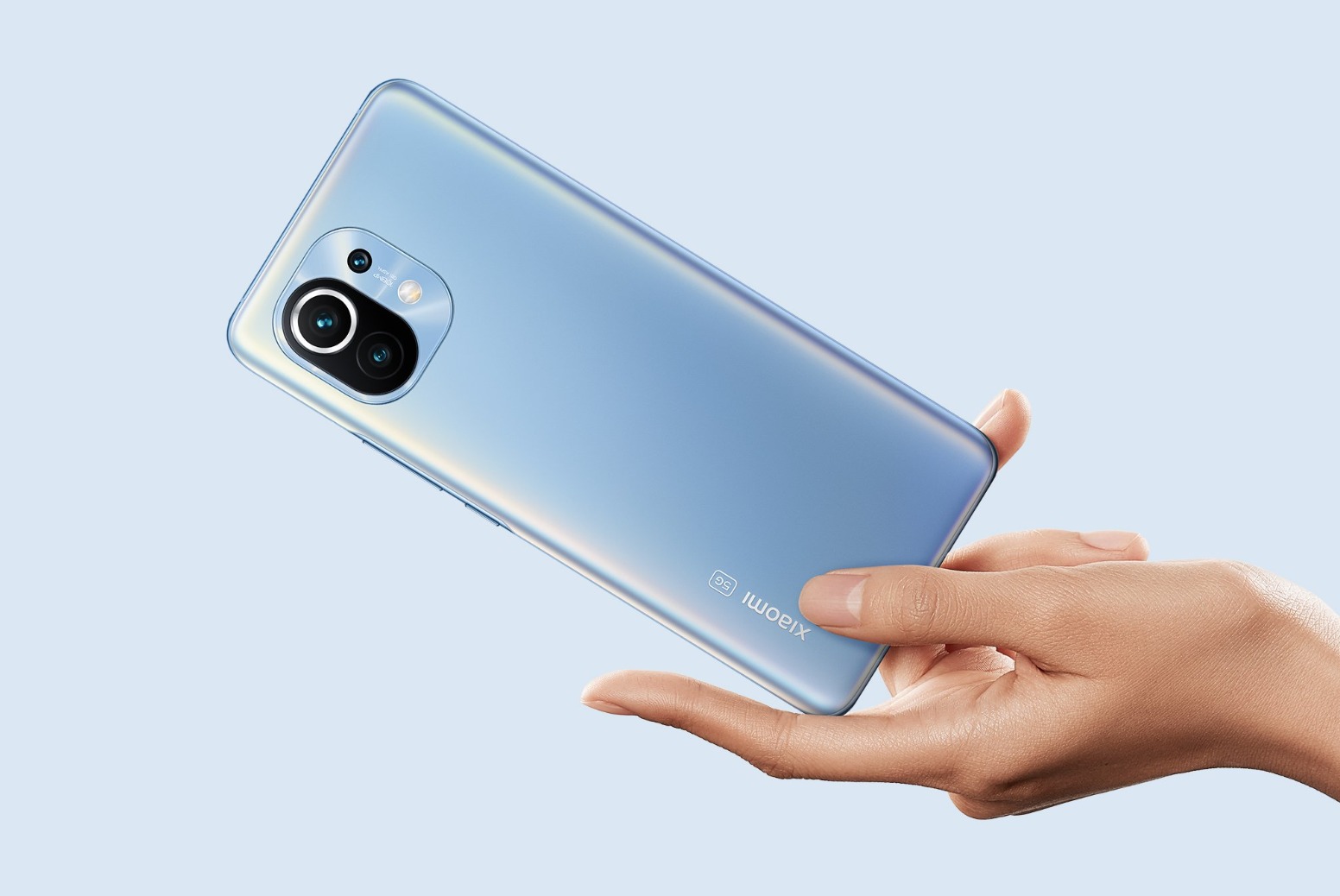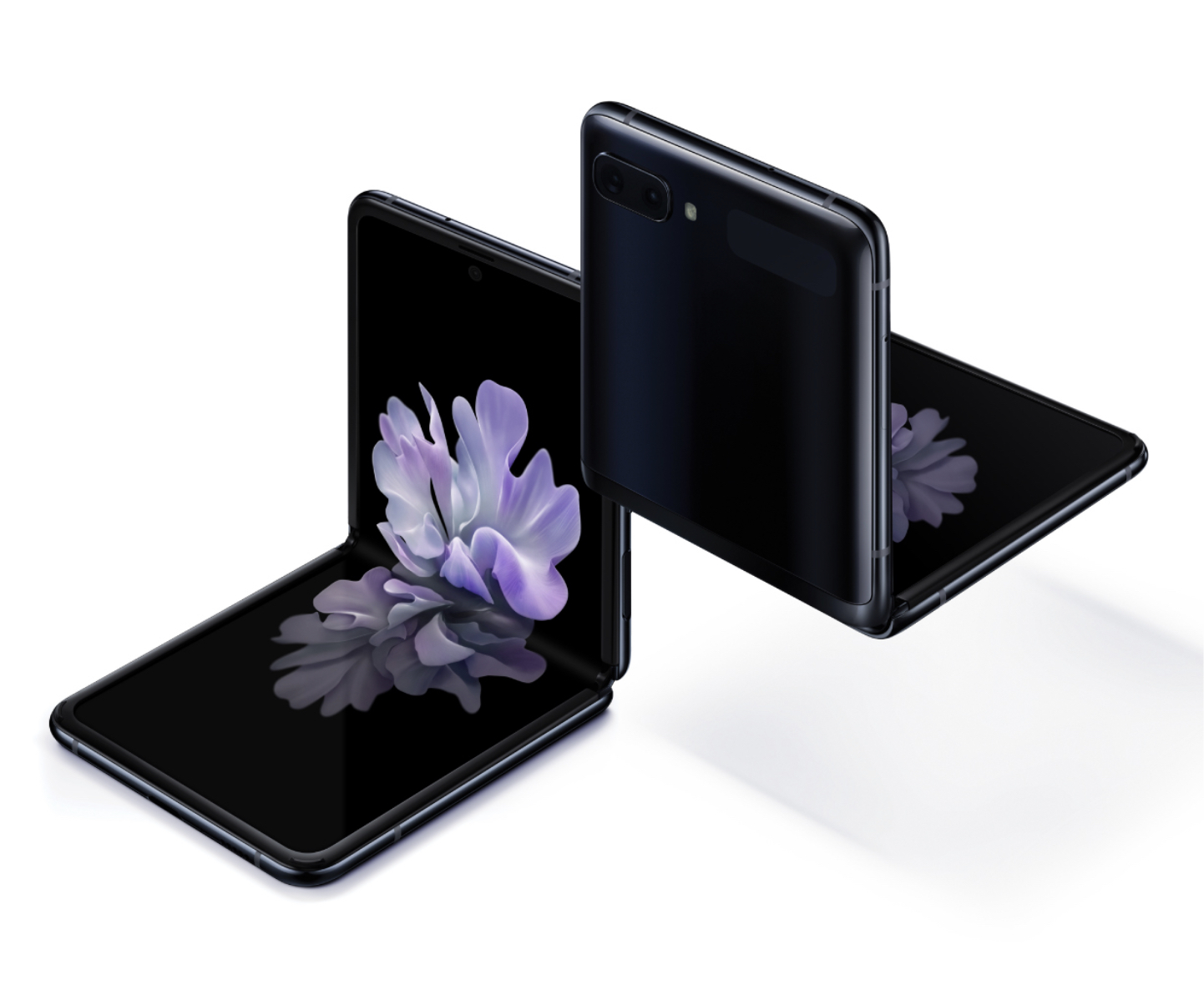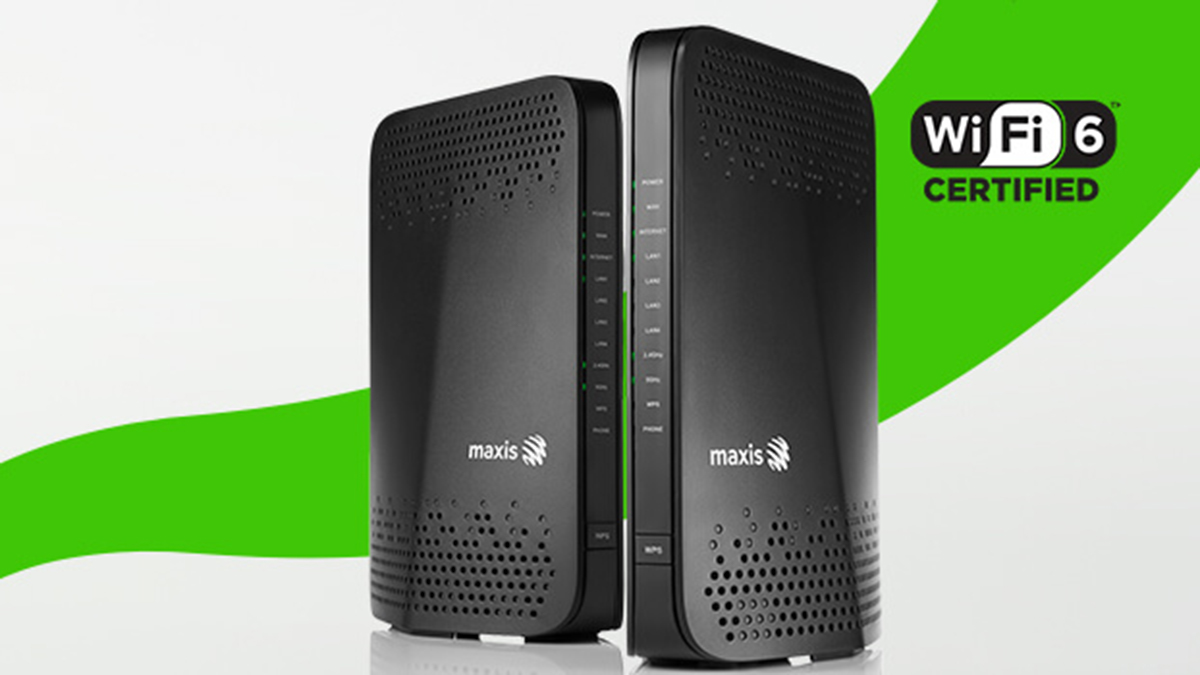
Moto X, Motorola’s flagship ‘superphone’ has been generating a lot of buzz lately. And early this morning, the new Android smartphone was officially released in the US. Following the rollout of Verizon’s 2013 Droid line-up just last week, the Moto X looks set to put Motorola back on the smartphone map after its big Google acquisition.
Class-leading hardware
In the heart of the Moto X is Motorola’s new X8 Mobile Computing System, a custom SoC with a dual-core Krait-class Snapdragon S4 Pro running at 1.7Ghz, complemented by a quad-core Adreno 320 GPU. Integrated with the platform are two processors handling language interpretation and a contextual computing core that manages the Moto X’s sensors. Think hardware-integrated Google Now and see how this is the centre of Google’s mobile universe.
The first, twice
The Moto X is the first-ever Motorola product that was designed from scratch with Google’s input. If there was a real Google phone, this is probably it. Android creator, Andy Rubin once said, “There is no Google phone,” referring to Android implementations. Well, say hello to the real Google Phone. Literally. The Moto X also marks the first Motorola product that’s proudly made in the US.

The most personalised phone ever?
The design language of the Moto X is stunning – from its mild curves that fit the palm, to its subtle ridges and bezel. Finishing is top notch, from the looks of it, and most importantly, it exudes Google’s DNA of making it personal and customisable. Users will be able to choose from a plethora of colour and finishing combinations. Motorola is offering 18 colours and materials for the back cover of the device; different colour accents for the rings around the camera lens and volume on-off buttons. Literally thousands of possible combinations.
The Moto X measures 65.3mm x 129.3mm with a curved structure that tapers to 5.6mm. For a 4.7-inch smartphone, it weighs only 130 grams.
Touch(less) redefined
The signature feature of Moto X is Google Now service which can be enabled even without turning on the phone, touching or taking it out of your pocket or bag. Outstanding. Moto X taps into the wealth of data from Google’s services making the phone a true digital personal assistant.
Active Display, another touch less feature is built for low-power consumption – it provides notifications and time of day without a user waking up the phone.
http://youtu.be/xXyCbrdQEyA
Razor-sharp, cutting-edge specs
Moto X has a 4.7-inch 720p (316ppi) AMOLED display and boasts 2GB RAM, 16GB of base storage (32GB option available online), multiple radios (GSM/3G/HSPA/4G LTE) and a long-lasting 2,200mAh battery. Motorola claims talk time of up to 13 hours and mixed usage of up to 24 hours. For connectivity, the usual suspects – Bluetooth 4.0, WiFi 802.11a/b/g/n/ac, GPS with GLONASS, Miracast WiDi and NFC come integrated. Google is also throwing in 50GB of free Google Drive storage, valid for 2 years.
http://youtu.be/vpU1mW0Mjm8
Sharp shooter
In terms of imaging, the Moto X features a 10MP Clear Pixel main camera and a 2MP front-facing HD camera, both capable of shooting 1080p video. Motorola is touting the Quick Capture feature on the camera. Shake the camera and it will detect this action as photo-time and will immediately open the camera app. The entire screen can be a shutter, too. Get from pocket to photo in about 1.5 seconds.
Almost Pure Android
The Moto X is powered by, basically, a stock build of Android 4.2.2. No surprise there. Customisations only come in form of notifications ,voice activation and camera features. Google has made a point that Motorola will not get special access to the Android team, and will be treated equally as Samsung, HTC and other Android licensees. So the Moto X will indeed compete directly with other Android phones, even the pure vanilla Nexus series. So how will a Moto X be fundamentally different from a Nexus? We don’t know.
Pricing and availability
The 16GB model will retail for US$199 with a two-year contract on AT&T, Sprint, T-Mobile, US Cellular and Verizon; and the the 32GB is an T&T exclusive retailing at US$249. Standard Moto X devices can also be purchased at telco retail and Best Buy Stores. To customise/configure your own Moto X, you can do it at the Moto Maker site, available exclusively for AT&T customers. No word on worldwide availability yet.
What we think
Excuse us while we wipe the drool off our faces and keyboards. For the longest time, we thought the Google acquisition was purely a patent-protecting move by the search giant, but we also forgot the talented engineers and technology that Motorola had. If anything, Moto X has shown that Motorola still knows how to build phones, and a sexy beast at that. Will this fly off the shelves? Time will tell. One thing’s for sure, it sends a shivers down our spines. And yes, we want one.










